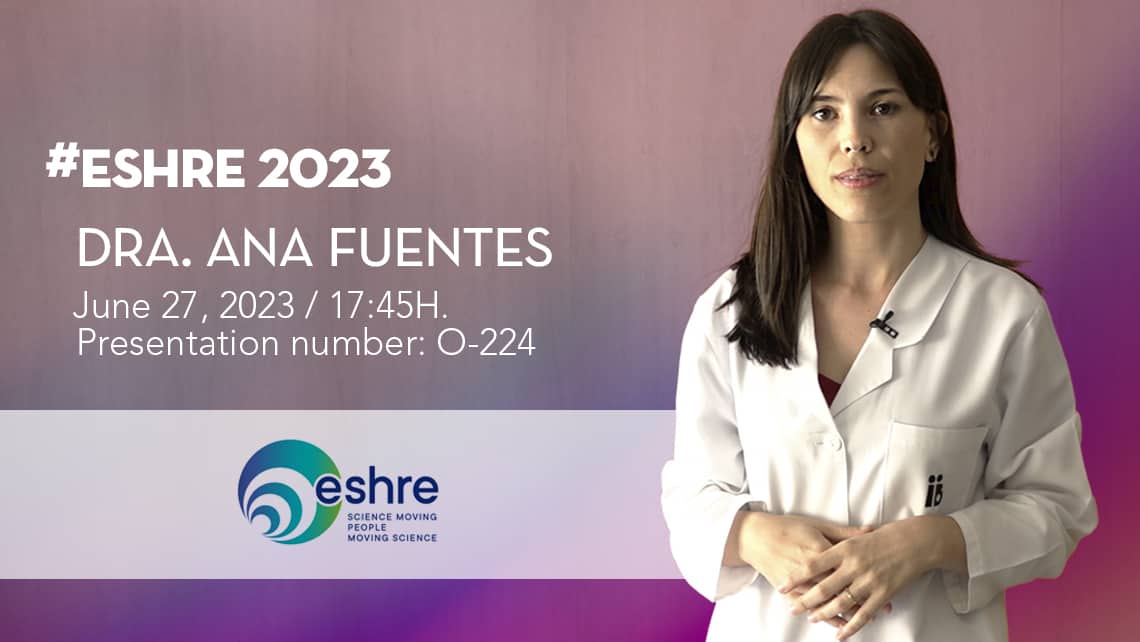The ESHRE selects in oral presentation format an IB study analysing the PRP effect to obtain more oocytes in patients with low response
May, 23rd 2023

Low ovarian response is a true challenge that researchers at Instituto Bernabeu are tackling through different strategies. The European Society of Human Reproduction and Embryology (ESHRE) Scientific Committee, has selected the research analysing the Platelet-Rich Plasma (PRP) administration in the ovary effect on the response of patients suffering from low response to be presented at its 39th annual congress.
PRP is currently a complementary treatment alongside other strategies aimed at improving the prognosis of patients with a low number of eggs.
The study’s principal investigator, Dr Ana Fuentes, Instituto Bernabeu’s Low Ovarian Response Unit director, explains that there are already scientific studies analysing the effect of the intraovarian Platelet-Rich Plasma (PRP) administration before starting in vitro fertilization (IVF) treatment, and that indicates the possibility to improve the response to stimulation in patients diagnosed with low ovarian reserve, that is, women from whom less than 3 oocytes are obtained in one stimulation.
This Instituto Bernabeu’s study compared the stimulation cycles of 83 patients who received the intraovarian PRP, with the cycles they had undergone prior to PRP administration.
In their results, the Instituto Bernabeu researchers have found that during ovarian stimulation with PRP, a greater number of oocytes and mature oocytes are obtained compared to previous cycles. The Instituto Bernabeu’s researchers observed this improvement in the first 4 menstrual cycles after the administration of Platelet-Rich Plasma.
The paper entitled “Effect of platelet-rich plasma intraovarian administration on ovarian response in patients with low ovarian response” presented at the ESHRE, concludes that the improvement in obtaining more eggs, especially affects patients under 40 years of age.
The study also proved that the oocyte quality was maintained, as the probability of forming a blastocyst was similar before and after PRP, as was the rate of chromosomally or genetically normal embryos.
Effect of intraovarian injection of platelet rich plasma (PRP) on ovarian response in poor responder women. A. Fuentes, J.C. Castillo, B. Moliner, C. García-Ajofrín, M. Martínez, J. Suñol, C. Gavilán, L. Luque, M. Buccheri, J.A. Ortiz, A.M. Fabregat, A. Bernabeu, R. Bernabeu.
